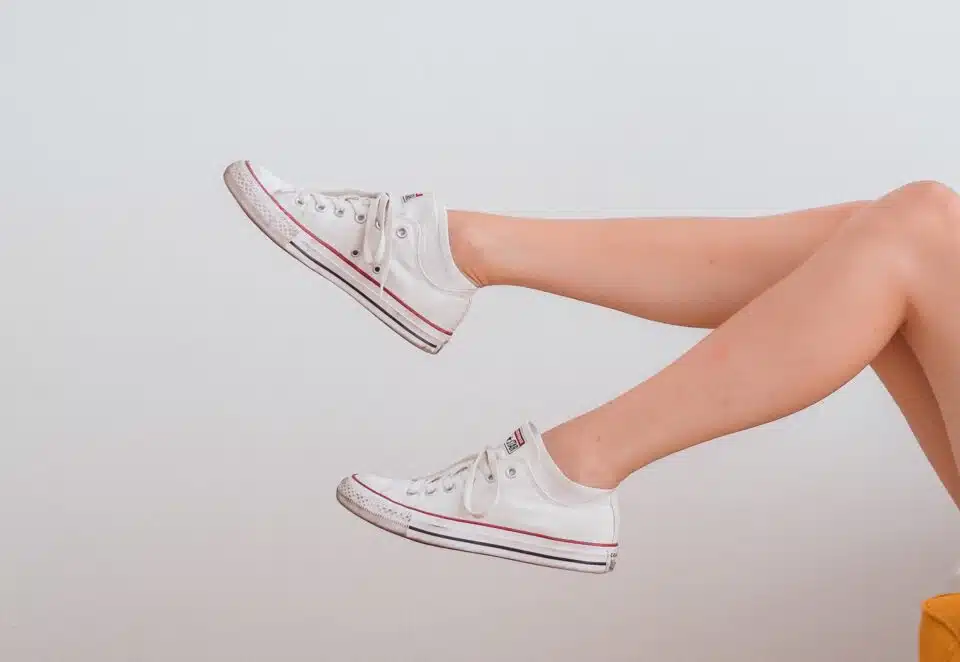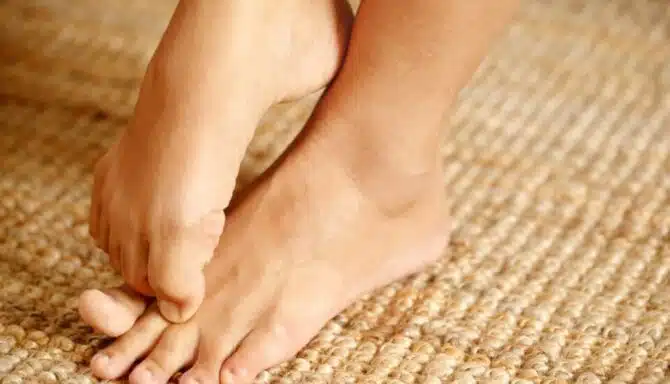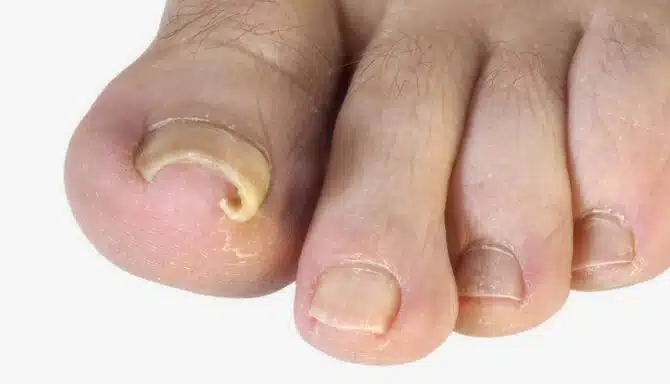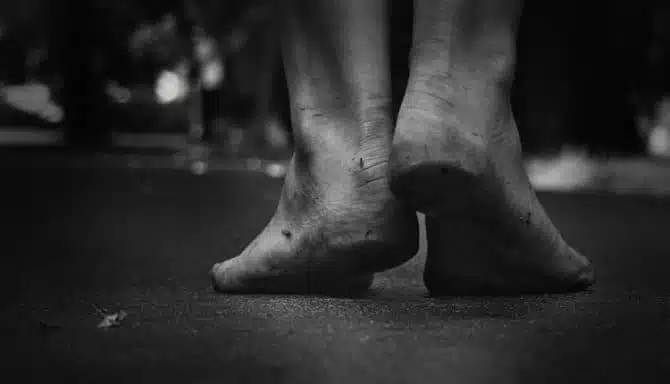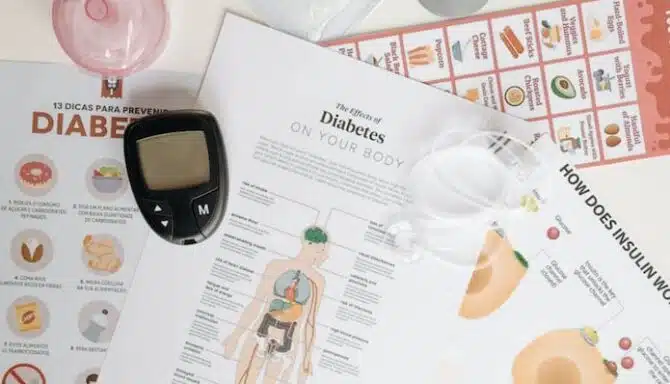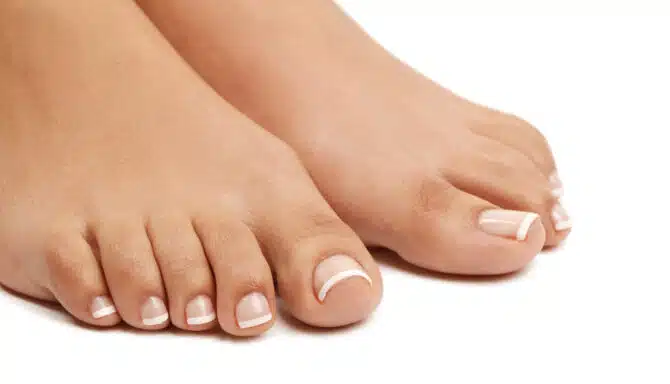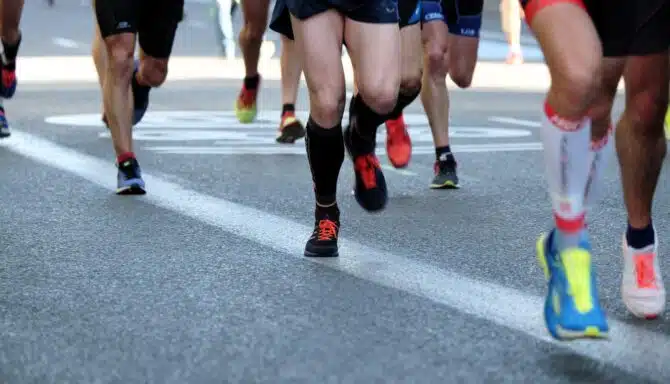Maintaining healthy blood circulation in the legs is essential for overall well-being and vitality. Proper blood flow not only provides oxygen and nutrients to the muscles and tissues but also helps in the removal of waste products.
Whether you’re looking to alleviate discomfort caused by poor circulation or simply aiming to enhance your leg health, several practical strategies and lifestyle changes can improve blood circulation in your legs. No fancy tricks are required.
From regular exercise routines and proper hydration to adopting certain dietary habits and avoiding prolonged periods of sitting, this article explores various approaches that can promote better circulation and support your leg health. In this blog, read about practical and accessible ways to enhance blood circulation in your lower extremities.
Regular exercise
Engage in regular physical activity, such as walking, cycling, swimming, or yoga, to promote blood flow and strengthen the muscles in your legs. Exercise helps pump blood back to the heart and improves circulation.
Compression socks/stockings
Compression socks improve leg circulation by applying gradient pressure across the calf and legs, creating a muscle pump effect and reducing swelling and vein diameter pressure to the lower extremities.
Elevating your legs

Elevating your legs above heart level promotes improved blood circulation by leveraging gravity to facilitate blood return from the lower extremities to the heart. This position reduces the strain on veins, allowing blood to flow more easily against gravity and decreasing venous pressure. Additionally, elevation encourages the activation of the muscle pump effect (when leg muscles contract and relax to aid in pumping blood upwards). This helps preventing pooling and enhancing blood flow rate back to the heart.
Avoid crossing your legs
Crossing your legs can restrict blood flow due to the compression and pressure on blood vessels and nerves. Try to keep your legs uncrossed and change your sitting position regularly. The degree to which crossing your legs affects blood flow varies from person to person, and some individuals might not experience any noticeable effects, while others might feel discomfort relatively quickly.
Massage therapy
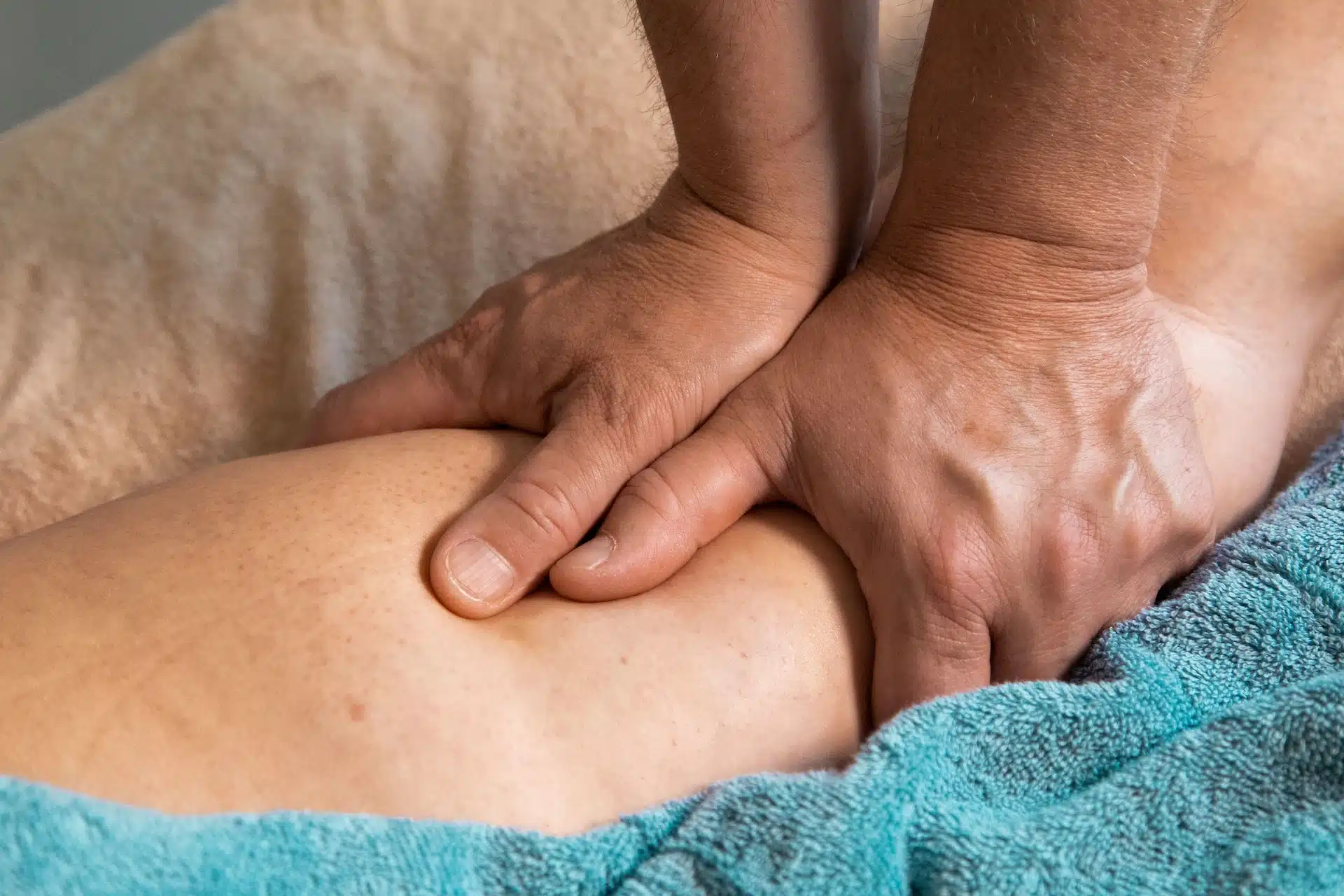
Regularly massaging your legs and feet can stimulate blood circulation and reduce muscle tension by stimulating your heart rate, vasodilation, and temperature increase.
Stay hydrated
Staying well-hydrated is crucial in maintaining healthy blood circulation, including in the legs. Hydration ensures that your blood maintains an optimal viscosity, meaning it’s not too thick or too thin. When adequately hydrated, blood flows more smoothly through your blood vessels, reducing the risk of clot formation and improving overall circulation. On the other hand, being dehydrated does the opposite: a lack of hydration leads to thicker blood that moves sluggishly through your veins and arteries.
According to the Dietitians of Canada, adults over 19 need 9-12 cups of water daily, although volume depends on your age, gender and level of physical activity.
Healthy diet

Eat a balanced diet rich in fruits, vegetables, and whole grains, which supports cardiovascular health and proper blood flow. See our blog post on the foods you’ll want to avoid for inflammation and reduced blood circulation.
Ditch smoking

Smoking can constrict blood vessels and negatively impact circulation. If you smoke, consider quitting or reducing your habit to help improve blood circulation in your legs and feet.
Weight management
Maintaining a healthy weight reduces the strain on your cardiovascular system and can improve blood circulation.
Regular movement
Avoid sitting or standing in one position for extended periods. Take breaks to move around and stretch during prolonged periods of sitting. If you have a desk job or work from home, consider alternating sitting with a standing desk or set a timer every 30 minutes to get up and move.
Cold-warm water therapy
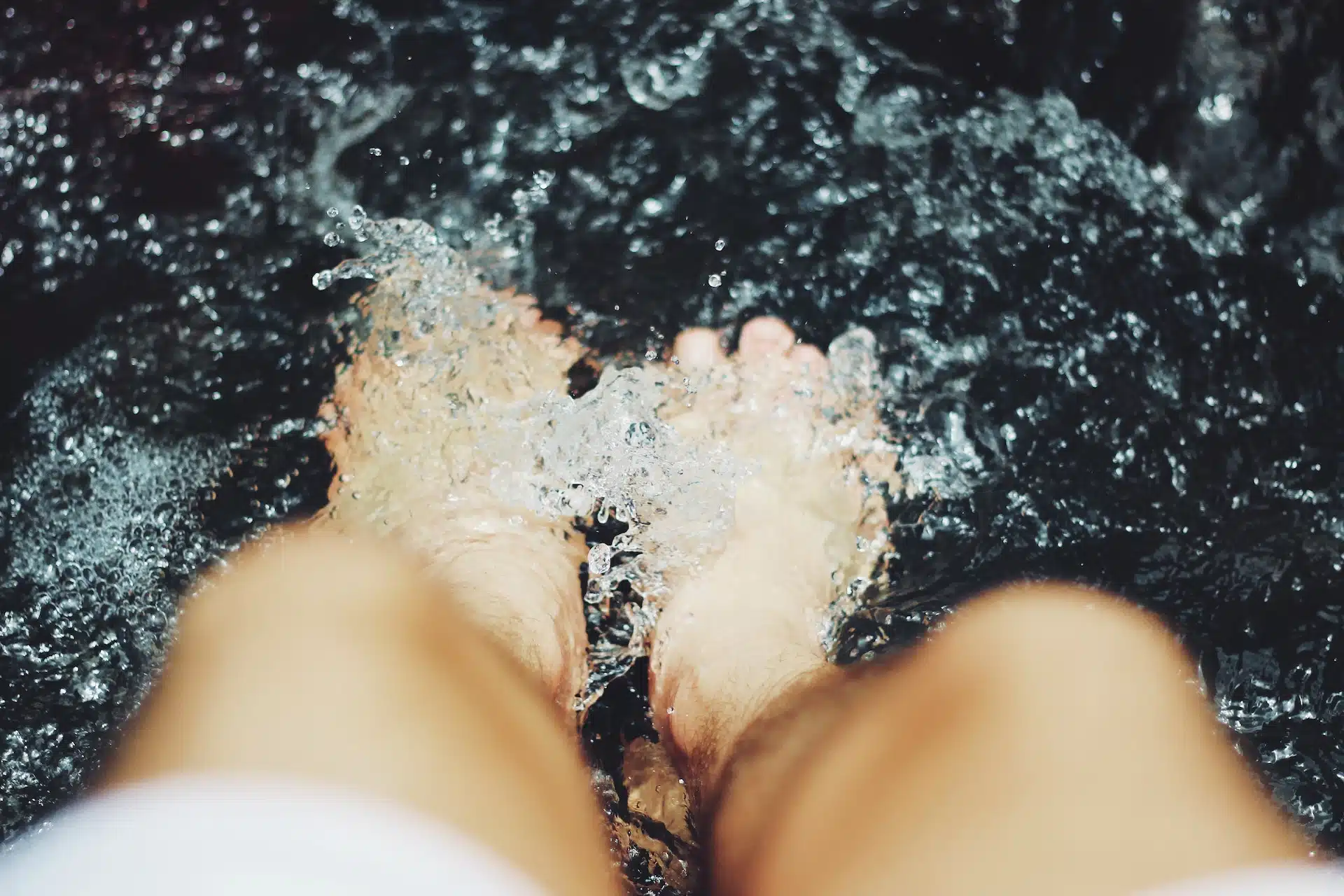
Alternating between warm and cold water treatments can help improve circulation. Try immersing your feet in warm water, followed by a cold water soak. Switching between warm and cold encourages a pumping action, which helps to flush out stagnant blood and promote fresh, oxygen-rich blood to circulate into the treated area. This process can aid in reducing inflammation, removing waste products, and enhancing overall circulation, contributing to improved tissue healing and reduced discomfort.
Alternatively, a warm water soak can help relax blood vessels and improve circulation.
Limit salt intake
Too much salt can increase fluid retention and swelling, which impairs blood circulation. Excessive salt intake raises blood pressure through water retention and constricting blood vessels. The resulting elevated blood pressure strains the cardiovascular system, hindering the efficient flow of blood through narrowed vessels and reducing the capacity of blood vessels to dilate and contract effectively.
